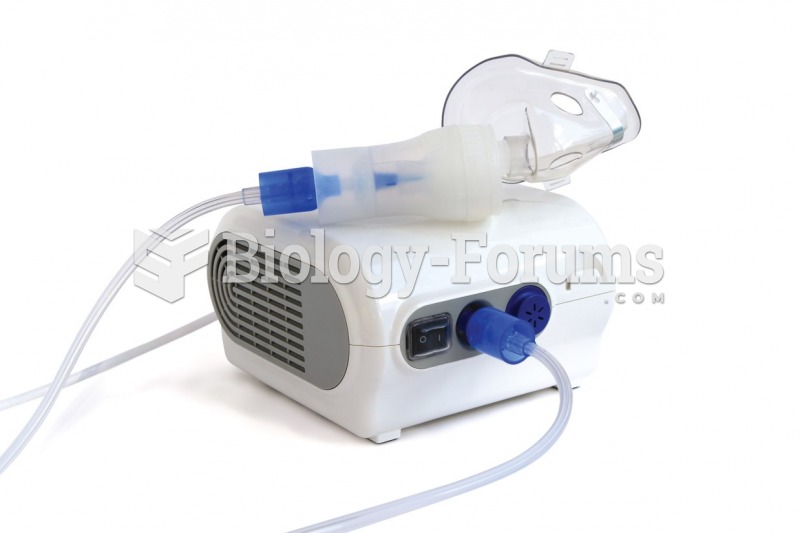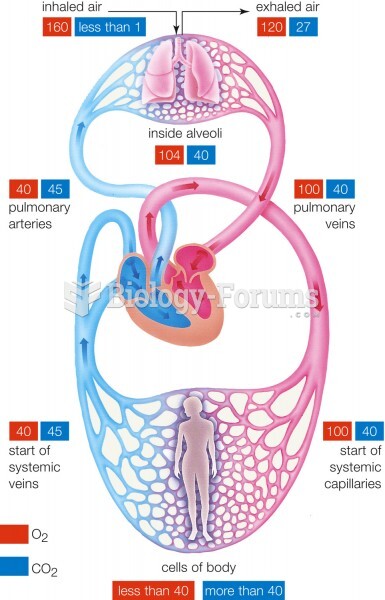Answer to Question 1
The air in the mesosphere is extremely thin and the atmospheric pressure is quite low. Even though the percentage of nitrogen and oxygen in the mesosphere is about the same as it is at Earth's surface, a breath of mesospheric air contains far fewer oxygen molecules than a breath of tropospheric air. At this level, without proper oxygen-breathing equipment, the brain would soon become oxygen-starved-a condition known as hypoxia-and suffocation would result.
Answer to Question 2
A persistence forecast is a prediction that future weather will be the same as present weather. If it is snowing today, a persistence forecast would call for snow through tomorrow.
A steady-state, or trend forecast assumes that a surface weather system will tend to move in the same direction and at approximately the same speed as they have been moving, providing no evidence exists to indicate otherwise. For example, a trend forecast would predict that a cold front moving eastward at an average speed of 30 mi/hr and located 90 mi west of our location should pass by in three hours.
A forecast that relies on the analogue method assumes that existing features on a weather chart(s) may strongly resemble features that produce certain weather conditions sometime in the past. A forecaster might look at a prog and recognize the weather situation and base the forecast on this prior knowledge.
A probability forecast uses climatological data and makes forecasts based on the average of past climate data (usually 30 years). For example, an area that has experienced snow at a certain time in the past 30 years 90 of the time would most likely receive snow again this year.







